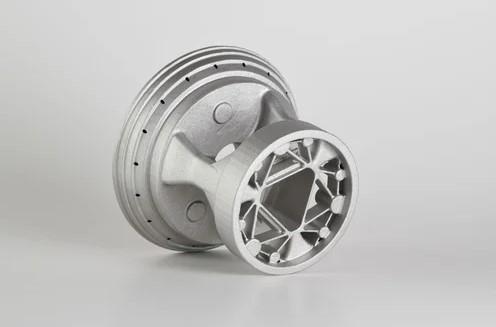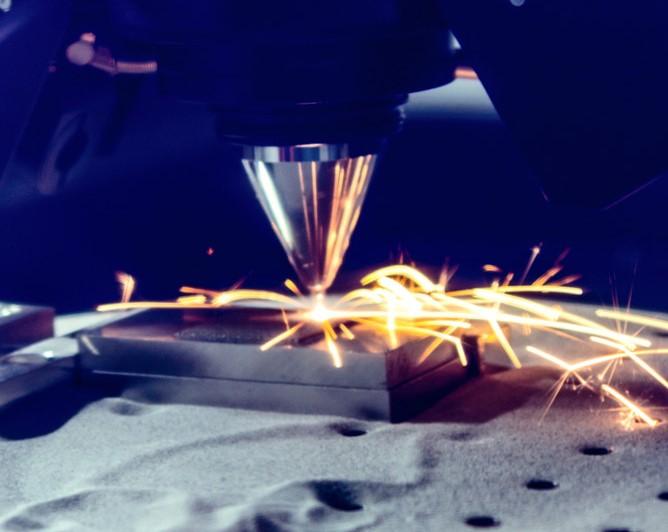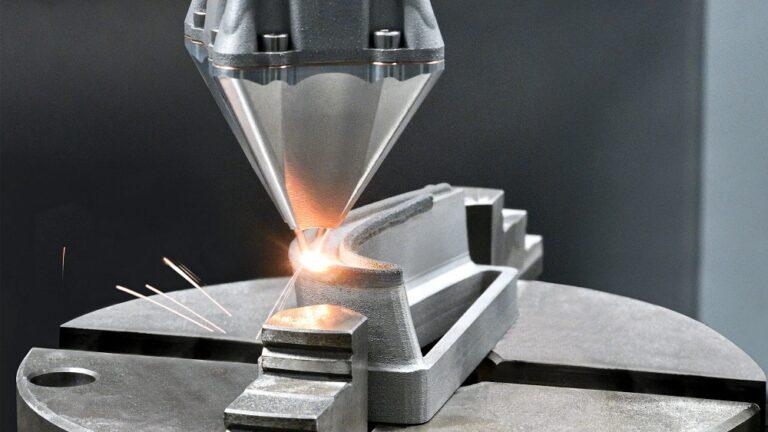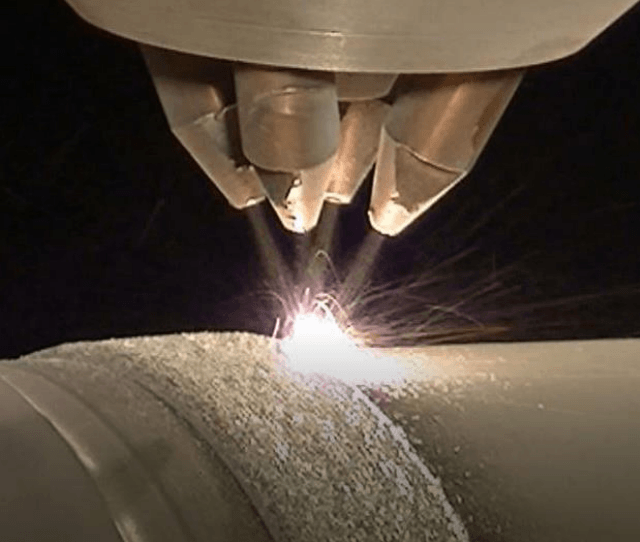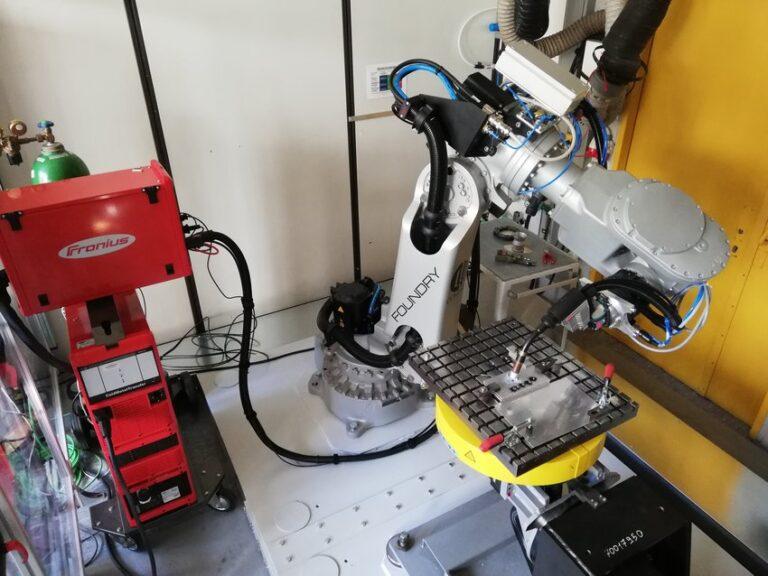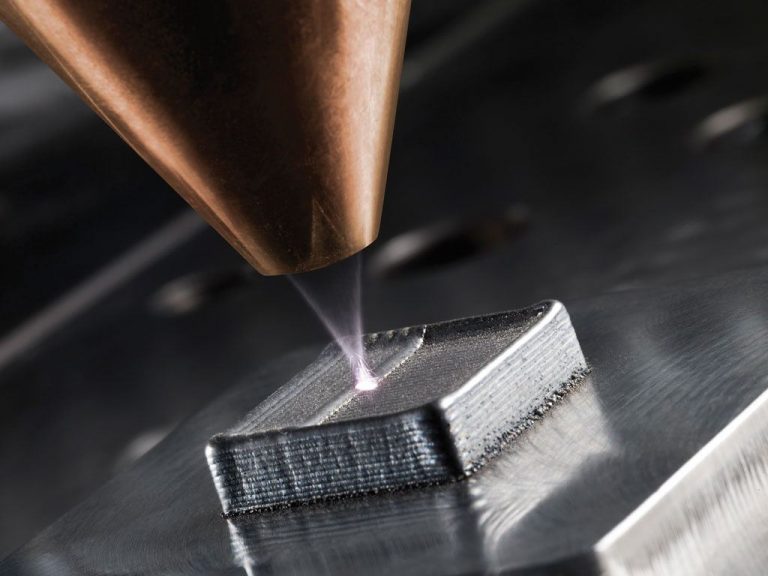Overview of Directed Energy Deposition Process
Introduction
The Directed Energy Deposition (DED) process is a critical technology used in manufacturing and repairing processes. DED is a 3D printing technique that uses energy from lasers or electron beams to melt the material and deposit it layer by layer to form a desired shape. There are different types of DED processes, including laser metal deposition (LMD) and electron beam melting (EBM).
DED technology has significant advantages in manufacturing and repair processes. It allows for complex shapes and geometries to be created quickly and accurately, reducing the need for costly and time-consuming traditional manufacturing methods. The ability to add material precisely where needed also reduces material waste and allows for more efficient use of resources.
While there are limitations to DED, such as the high cost of equipment and materials, it is still a promising technology with many potential applications. DED has already been used in various industries, including aerospace, automotive, and medical, for creating parts and repairing damaged components.
In conclusion, the Directed Energy Deposition (DED) process is a significant technology that has the potential to revolutionize manufacturing and repair processes. By using energy from lasers or electron beams to melt and deposit materials, DED can create complex shapes and geometries quickly and accurately. While there are challenges associated with DED, its benefits make it a promising technology for the future.
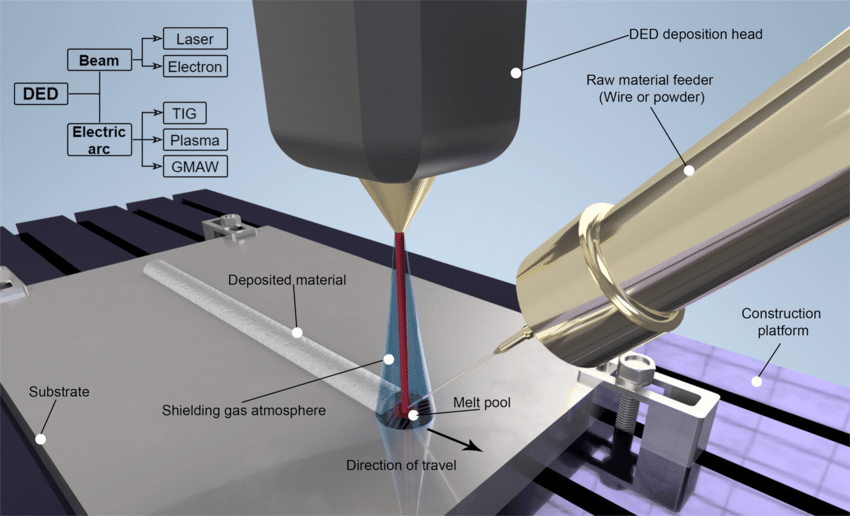
How DED Works
The Directed Energy Deposition (DED) process involves depositing and melting material layer by layer to create a desired shape. The process begins with the selection of a suitable material, which is then fed into the DED machine. The machine uses a laser or electron beam to melt the material and deposit it onto a substrate, building up the layers until the desired shape is formed.
There are different types of energy sources used in DED, including lasers and electron beams. The energy source is directed to the material, melting it and causing it to fuse with the previous layer. The energy source can be adjusted to vary the amount of heat applied to the material, allowing for precise control over the melting process.
DED has many applications in various industries.DED has various applications across industries. For example, in aerospace, it can repair and maintain components. Meanwhile, in the medical industry, it can create customized implants and prosthetics. Lastly, in the automotive industry, it can produce complex parts like gears and transmission components.
In conclusion, the Directed Energy Deposition (DED) process is a versatile and precise method for creating complex shapes and structures. By using lasers or electron beams to melt and deposit material, DED allows for precise control over the manufacturing process. The different types of energy sources used in DED, along with its numerous applications, make it a promising technology for the future.
Materials Used in DED
Layers of material are deposited and melted as part of the Directed Energy Deposition (DED) process to make objects. DED can make use of a range of substances, such as metals, ceramics, and polymers.
The most often used material in DED is metal, and there are many other alloys that can be employed. Ceramics are also utilized in DED procedures, albeit working with them might be more difficult because of their brittleness. Another choice is polymers, which, depending on the particular type of polymer employed, provide flexibility and a variety of qualities.
It can be difficult to use various materials in DED techniques. For instance, compared to polymers, melting and depositing metals can be more challenging. During the manufacturing process, ceramics, on the other hand, can be vulnerable to cracking or warping. To make sure the finished product satisfies the relevant specifications, it is crucial to select the appropriate material for a particular application.
Despite these difficulties, DED has been applied to a variety of materials with success. For instance, titanium alloys have been used to make parts with exceptional strength and endurance for aircraft applications. Biocompatible polymers have been employed in the medical sector to make patient-specific implants. Dental bridges and crowns have both been made from ceramic materials and include elaborate designs.
In conclusion, a range of materials, including metals, ceramics, and polymers, can be used in the Directed Energy Deposition process. Different materials can provide difficulties when used in DED processes, but careful choice can produce positive results. DED is a flexible and beneficial technology in many industries since it can use a range of materials.
Advantages and Limitations of DED
The Directed Energy Deposition (DED) process has several advantages over other manufacturing and repair methods. One of the main advantages is its ability to create complex shapes and geometries quickly and accurately. This reduces the need for traditional manufacturing methods, which can be costly and time-consuming.
Another advantage of DED is its ability to add material precisely where needed. This reduces material waste and allows for more efficient use of resources. Additionally, DED allows for a range of materials to be used, including metals, ceramics, and polymers.
However, there are also limitations and challenges associated with using DED. One challenge is the high cost of equipment and materials. DED also requires skilled operators who are trained in the use of the technology. In addition, the size of the parts that can be produced with DED is limited by the size of the machine used.
Despite these limitations, DED has been successfully used in various industries. DED has various applications across different industries. Turbine blades and engine casings have been repaired and maintained using DED in aerospace. Customized implants and prosthetics have been created using DED in the medical industry. DED has been utilized to create complex parts, such as gears and transmission components, in the automotive industry.
In conclusion, the Directed Energy Deposition (DED) process has several advantages over traditional manufacturing and repair methods. These advantages include the ability to create complex shapes and reduce material waste. However, there are also limitations and challenges associated with using DED. Despite these limitations, DED has been successfully used in various industries, highlighting its potential for the future.
Types of DED Processes
There are different types of Directed Energy Deposition (DED) processes, including Laser Metal Deposition (LMD) and Electron Beam Melting (EBM).
LMD is a DED process that uses a laser to melt and deposit material onto a substrate. This process is often used to repair or build up existing components. LMD can use a range of materials, including metals, and allows for the creation of complex shapes.
EBM, on the other hand, uses an electron beam to melt and deposit material onto a substrate. This process is often used to create high-strength components and is commonly used in aerospace applications. EBM can also use a range of materials, including metals.
Each type of DED process has its advantages and disadvantages. LMD is faster and more cost-effective than other DED processes and allows for precise control over the material deposition. However, LMD can be limited by the size of the machine and the thickness of the material that can be deposited.
EBM, on the other hand, allows for the creation of components with high strength and durability. However, EBM is slower and more expensive than other DED processes and can be limited by the size of the machine used.
Examples of LMD in action include the repair and maintenance of components in the aerospace industry, such as turbine blades and engine casings. LMD is also used in the medical industry to create customized implants and prosthetics.
Examples of EBM in action include the production of parts for aerospace applications, such as engine components and structural elements. EBM has also been used in the medical industry to create implants and prosthetics with high strength and durability.
Future of DED
The Directed Energy Deposition (DED) process has great potential for future developments and improvements. One area where DED technology could be improved is in the size and complexity of parts that can be produced. As technology advances, it is likely that machines will become more precise and capable of producing larger and more complex components.
Another area of improvement for DED is in the materials that can be used. While DED can currently use a range of materials, there is potential for new materials to be developed specifically for use in DED processes. This could lead to even more innovative applications for DED technology.
DED also has the potential to be used in new and innovative ways in the future. For example, DED could be used in the construction industry to create complex and customized building components. DED could also be used in the creation of high-strength and lightweight materials for use in the automotive and aerospace industries.
In addition, DED could be used in the development of customized medical implants and prosthetics, allowing for more personalized and effective treatment options for patients. The potential for DED to be used in new and innovative ways is virtually limitless, making it an exciting technology for the future.
In conclusion, the Directed Energy Deposition (DED) process has great potential for future developments and improvements. As technology advances, machines will become more precise and capable of producing larger and more complex components. Additionally, the range of materials that can be used in DED could expand, leading to even more innovative applications. With its versatility and potential for innovation, DED is an exciting technology for the future.
Conclusion
In conclusion, the Directed Energy Deposition (DED) process is a versatile and precise method for creating complex shapes and structures. By using lasers or electron beams to melt and deposit material, DED allows for precise control over the manufacturing process. The different types of energy sources used in DED, along with its numerous applications, make it a promising technology for the future.
We have discussed the different types of DED processes, the materials used in DED, the advantages and limitations of DED, and the potential for DED to evolve in the future. DED has proven to be a valuable technology in various industries, including aerospace, medical, and automotive.
DED’s significance in modern manufacturing and repair processes cannot be understated. It has revolutionized the way components are created and repaired, allowing for more efficient and cost-effective methods. As technology continues to advance, DED is likely to become even more precise and capable.
For readers interested in learning more about DED and its applications, there are many resources available online. From industry publications to research papers, there is a wealth of information available for those looking to explore this exciting technology further.
How to Set Up and Operate a DED Machine?
- Prepare the Work Area
Ensure that the work area is clean and free of debris. Place the DED machine in a safe and accessible location, and ensure that it is properly grounded.
- Load the Material
Load the appropriate material into the machine according to the manufacturer’s instructions. Ensure that the material is free of defects and contamination.
- Set Up the Parameters
Set the appropriate DED parameters, including energy source, deposition rate, and material feed rate. Consult the machine’s manual or manufacturer for recommended parameter settings.
- Prepare the Component
Prepare the component to be manufactured or repaired. This may involve cleaning, preheating, or masking the component as necessary.
- Operate the DED Machine
Turn on the machine and begin the DED process. Monitor the process closely to ensure that the material is being deposited correctly and that the parameters are being met.
- Post-Process the Component
Once the DED process is complete, post-process the component as necessary. This may involve cleaning, finishing, or inspecting the component to ensure that it meets the required specifications.
- Perform Maintenance
Regularly perform maintenance on the DED machine, including cleaning and replacing parts as necessary. Consult the machine’s manual or manufacturer for recommended maintenance procedures.
FAqs
DED can use a wide range of materials, including metals, ceramics, and polymers. The specific material used will depend on the application and the desired properties of the component being manufactured or repaired.
DED offers several advantages over other methods, including the ability to create complex shapes and structures, precise control over the deposition process, and the ability to repair existing components. DED is also often faster and more cost effective than traditional manufacturing methods.
While DED offers numerous advantages, there are also limitations to the process. DED can be limited by the size of the machine used, the thickness of the material that can be deposited, and the range of materials that can be used.
Yes, DED is commonly used in the aerospace industry for manufacturing and repair applications. It is often used to create high-strength components and for the repair and maintenance of existing components.
When used properly, DED is a safe manufacturing process. However, it’s important to follow all safety protocols and receive proper training before using a DED machine.
The future of DED is promising, with potential for advancements in machine precision, the development of new materials, and the creation of innovative applications in various industries. As technology continues to evolve, so too will the capabilities of DED.

